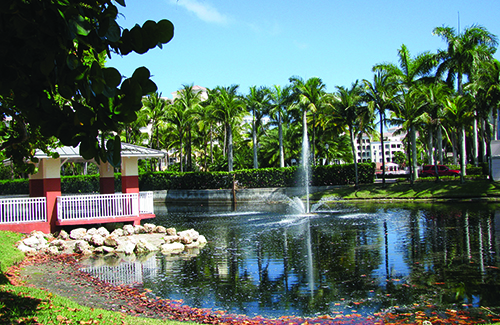Heritage Trail




Key Biscayne is home to an island heritage notable in the history of the New World. Consider a few examples of Key Biscayne’s historical significance: the fossilized reef at Bear Cut, carbon-dated to the near the time of Christ; or Juan Ponce de León’s calling Key Biscayne “Santa Marta” in his contemporaneous log, suggesting by the sanctified place-name his satisfaction with this particular land-fall and the restorative fresh water found here (mythologized perhaps as the Fountain of Youth following a difficult sea voyage). Or consider the 16th and 17th century maps showing vividly the dangers around and about Cape Florida’s reefs and shallows — dangers often encountered as evidenced by the numerous wrecks spawning our earliest industry. Or the missionary records of Tequesta contacts in the mid-16th century and archeological evidence of Tequesta settlements dating back a thousand years. Or British surveying and botanical mapping in the 1770s. Or the Spanish land grant and subsequent homesteading in 1805. Or the 1825 Lighthouse, the oldest structure in South Florida and site of the 1836 Seminole attack—an early demonstration of consequences from forced relocation of indigenous peoples.


















